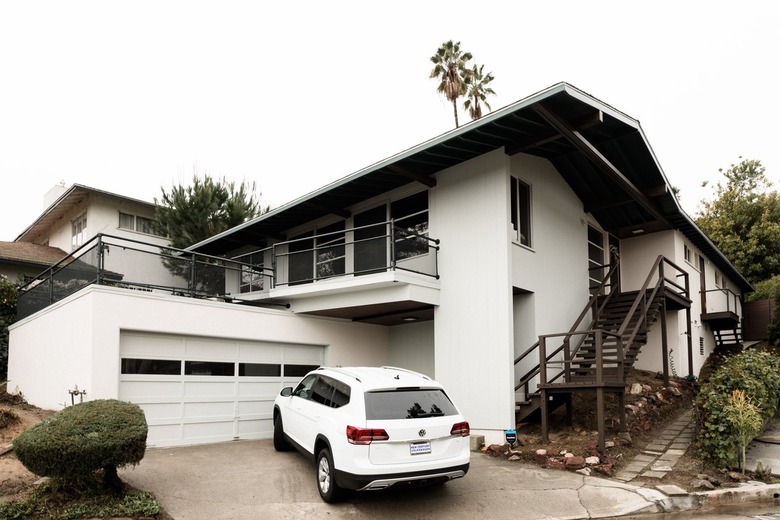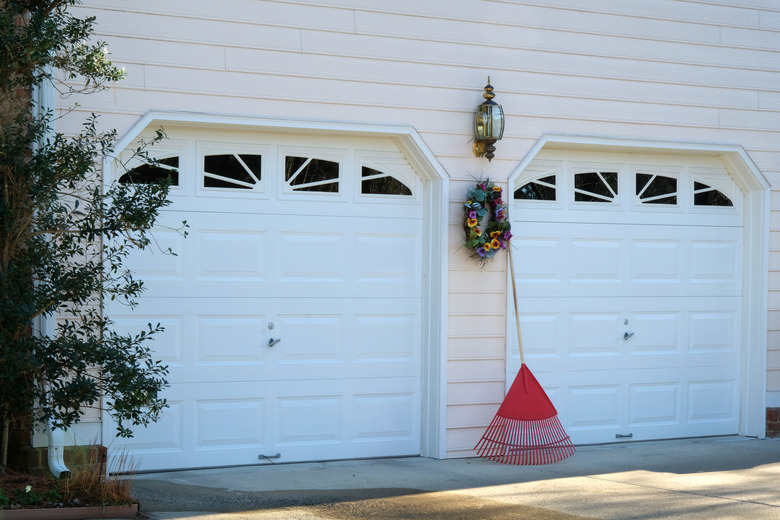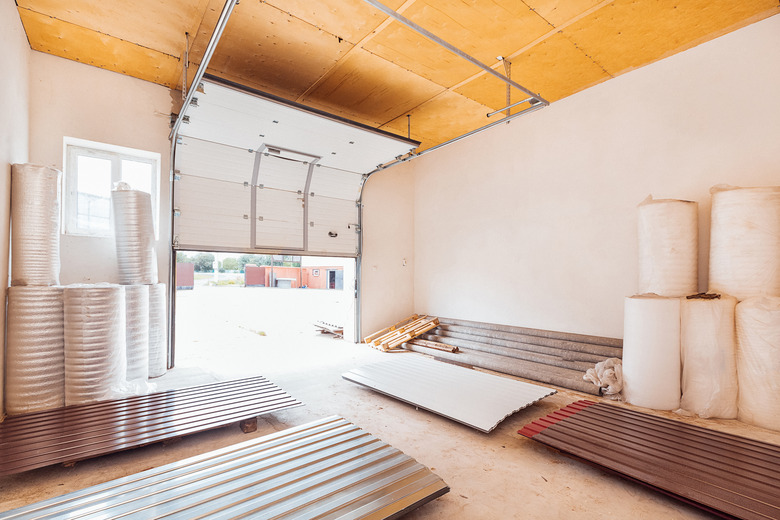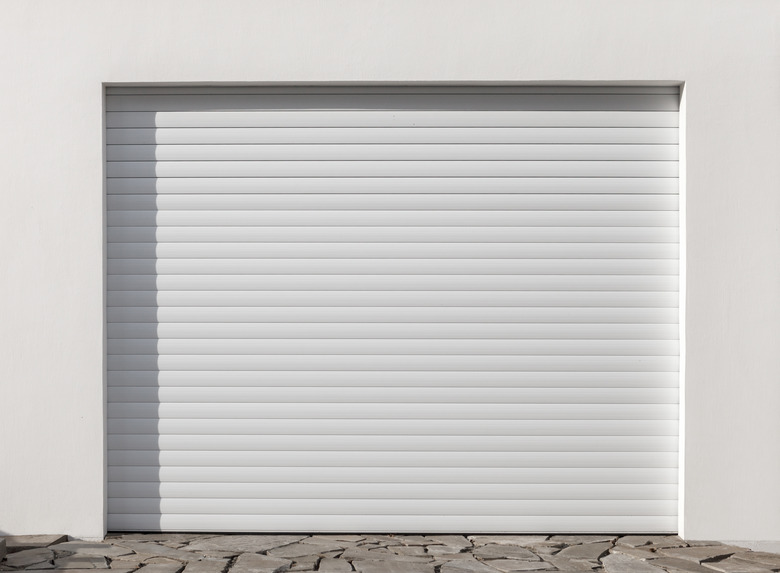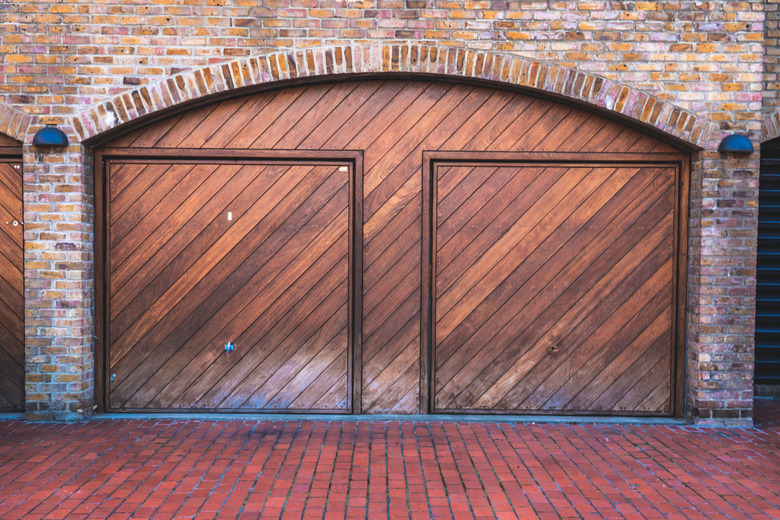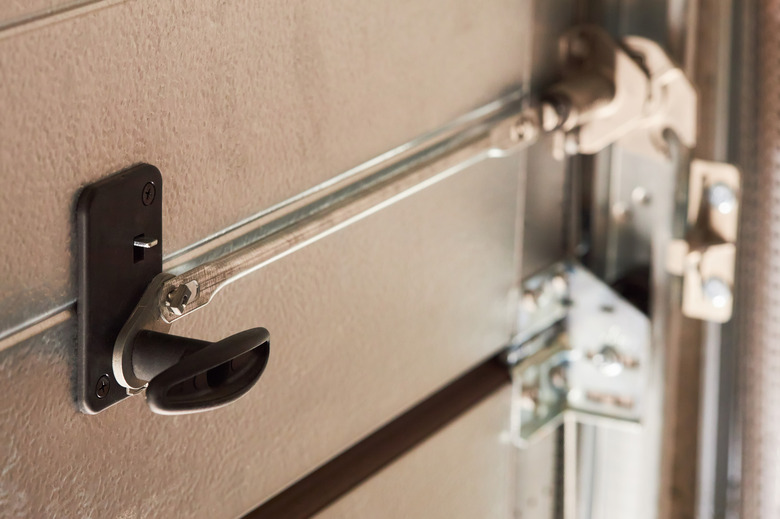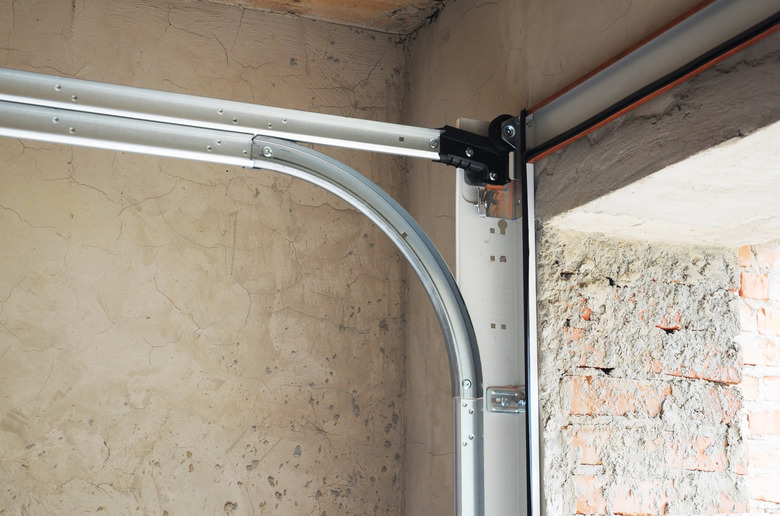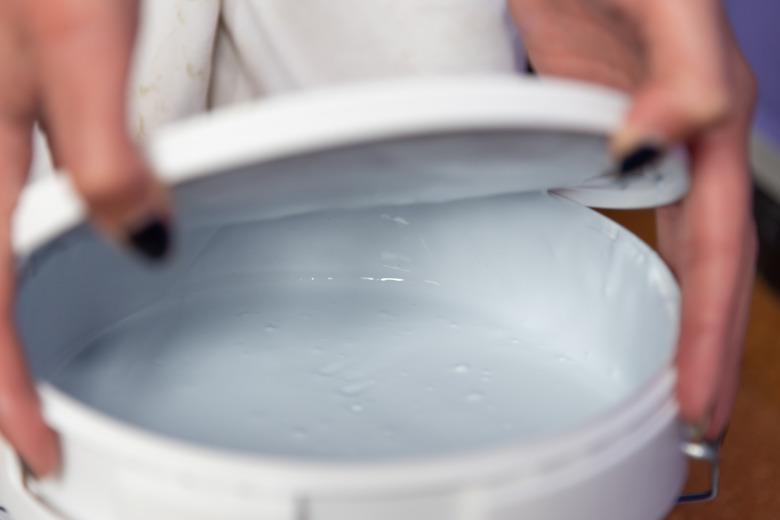Read This Before Replacing Your Garage Door
We may receive a commission on purchases made from links.
When it's time to replace your garage door, there are a lot of decisions to make. Like most things, garage doors have changed over the last few decades. You're likely to encounter styles, materials, and extra options you didn't have the last time you shopped for a new garage door. Knowing a few things about the choices available before you start shopping can help you avoid becoming overwhelmed when confronted with all the options at once.
When and Why You Should Replace a Garage Door
When and Why You Should Replace a Garage Door
When you have a problem with your old garage door, like a broken spring or a stiff roller, fixing it yourself is often an option. But even with repairs and proper maintenance, there will come a time when a whole new garage door is necessary. When the garage door repair costs more than half the cost of replacing it, it's time for a new door. There are a few other situations when replacing the door is your best option.
Always replace your garage door if you have safety concerns. If your safety sensors are going bad or the door won't lock, for instance, it's time for a new door. You'll also want a new garage door if yours is warped or absorbing moisture. Signs of wear and tear, like bent or rusted door tracks, also indicate that it's garage door replacement time.
You'll also want to replace the garage door if you notice that your energy bills are creeping up. A faulty garage door can develop gaps that let out a substantial amount of heat and reduce the overall energy efficiency of your home.
Of course, there is no rule stating that you must wait until there's a problem to get a new garage door. You may simply want to change or update your home's appearance to boost its curb appeal, and a new garage door will help you do that.
Cost to Replace a Garage Door
Cost to Replace a Garage Door
Although your house and your budget may be at odds over whether or not to buy a new garage door, there is some good news. A new garage door is one of the best investments you can make in your home. When it's time to sell, many homeowners are able to recoup 94 percent of their garage door investment.
Naturally, the cost to replace a garage door varies based on the cost of the door and the features you choose. On average, you can expect to pay about $2,300 for a new garage door plus professional garage door installation.
Types of Garage Doors
Types of Garage Doors
There are two basic types of garage doors you can choose from. Sectional doors are very common, and you see them all the time. Comprised of horizontal panes, these doors open upward and lay parallel to the garage ceiling when open. You can automate these doors easily with an electric garage door opener, and they work quite well. There is one caveat: These doors eliminate the possibility of overhead storage space in the garage.
In lieu of overhead doors, some homeowners opt for a carriage house door style. In this arrangement, two doors sit side by side and open like French doors. These doors look attractive and can add a rustic element to your home's exterior. Like overhead doors, carriage house doors can be automated with a garage door opener. You also need enough clearance to open them out into the driveway, and they are more expensive than sectional doors.
Garage Door Materials
Garage Door Materials
Tried and true, wooden garage doors have been around for a very long time. Because wood is prone to warping, wooden garage doors are now made using layers of wood to make them stronger. At the end of the day, though, wood is still wood, and it needs occasional painting or staining to protect it from the elements.
To work around this, some homeowners choose wood composite doors. These doors contain a wood frame with a wood composite overlaid on them. This composite is made from wood fibers and plastic for better resistance against the elements. Composite doors are lighter than true wooden doors and don't feel like real wood even though they look like it. Where security is an issue, be aware that a wood composite door is easier to break through than a real wood door.
Steel doors are secure, and you can easily paint them to match your home. Some are insulated and some are not, but both are sturdy. You can dent steel doors, however, so they may not be a good choice in an active household where balls get kicked into doors and bikes get ridden into them. Note too that despite a topcoat designed to prevent it, steel doors do eventually rust.
Aluminum doors prevent rust issues, but they're more susceptible to denting than steel doors. Fiberglass doors solve the problems of both steel and aluminum doors by resisting rust and denting. Fiberglass is maintenance-free and won't dent, but sometimes, it breaks instead.
This brings us to the miracle of vinyl. Built on steel frames, vinyl doors can be insulated or not depending on your preference. Vinyl looks great, requires no maintenance, resists dents, doesn't break, and solves most garage door problems. The catch is that vinyl comes in a smaller variety of colors and is often more expensive than other materials.
Garage Door Upgrades to Consider
Garage Door Upgrades to Consider
A garage door can easily last 50 years, so you may find a lot of new features to consider when replacing your garage door. One such upgrade is a high-cycle torsion spring. The two torsion springs on either side of your garage door help control the door as it moves up and down. Most last about 10,000 open-and-close cycles, but for an extra $50 to $75, you can have one that's rated for 20,000 to 25,000 door cycles. This is a smart upgrade if your family uses the garage door a lot.
Some garage doors also offer stronger tracks. All it takes is one mishap with the snowblower, mower, or car to dent garage door tracks and bend them a bit. Sometimes, even a minor crunch can prevent the door from going up and down smoothly. For around $150, you can get an upgraded track that can better tolerate a little abuse.
When energy savings is a concern, choose a garage door with a high R-value. The better insulated the door, the higher its R-value will be. The cost of the door goes up along with its insulation abilities, but an energy-efficient door can save you money in the long run.
Ask about the drive mechanism of new garage doors when you're shopping as well. Older garage doors are chain-driven, but newer garage door openers use belts or direct drive threaded rods to open and close the door. These choices can cost up to $500 extra, but they also open the door much more quietly and with much less vibration. Upgrading to nylon rollers with more ball bearings can also decrease noise and vibration levels for around $60 per door.
Smart garage doors are also an option. You can choose to get a garage door that works with smart home devices, like the Google Home Dot or Amazon's Alexa, or one that senses you and automatically opens the door as you drive down your street. Some even turn on security cameras when the door opens so you can see who goes in and out. Before you go smart, make sure the Wi-Fi signal in your garage is strong enough to communicate with the garage door system.
Garage Door Installation Basics
Garage Door Installation Basics
It may seem like an easy job to simply remove one garage door and swap in another, but it's more complicated than it sounds. At its most basic level, replacing a garage door is a matter of disconnecting the garage door opener, relieving tension on the garage door spring, and removing the old door. Then, you can start assembling the new door one horizontal panel at a time and hook everything back up.
Before tackling this as a DIY project, it's crucial to consider a few key things:
- Many of the parts of a garage door are under a lot of tension, which can make one wrong move extremely dangerous.
- Installing even one seemingly minor part improperly can make the entire system fail.
- Many garage door companies' warranties don't cover installation damage, but professional installers do.
- Garage doors are extremely heavy and difficult to manipulate.
- Any change in the size of your garage door will also require structural work on your home.
You also need to have some idea of what to do with your old garage door once you remove it. Most municipalities won't allow you to just set it on the curb for trash pickup, meaning you'll need to transport it to a disposal site.
Even if DIY is your jam, garage door installation is best left to a professional.
In the Meantime
In the Meantime
So, you've decided that it's time for a garage door replacement. Unfortunately, weather conditions, budget restraints, or other concerns may require you to wait a bit before you can get the job done. In that case, you'll want to do what you can to keep your old garage door as functional as possible in the meantime.
Start by replacing the weatherstripping or door seal if you can see light under or around the door. Improve the look of a faded or worn garage door with a quick coat of paint and give the door hinges and rollers a shot of lubricant to help the door slide open and closed easier. Use a product that leaves behind a dry lubrication that won't attract dust or dirt. If the locking mechanism on your garage door opener has failed, consider using a manual lock temporarily until you can replace the door.
